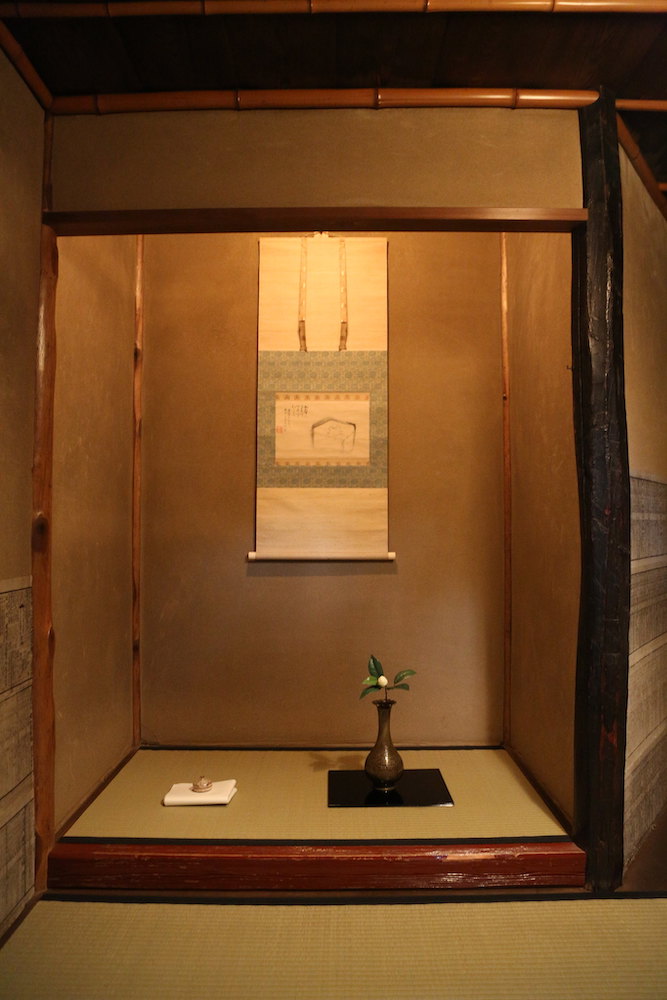Omotenashi At A Sushi Restaurant
At a sushi restaurant
“Irasshai!” Customers are greeted by the Japanese word for “welcome” as they enter a traditional sushi restaurant. They are led to the counter seat, and decide to do “omakase,” leaving the responsibility of choosing the selection of fish to the chef. The chef knows best; which order to eat, what fish is in season, and which fish is especially good on that particular day. One by one, the chef prepares each sushi in a swift but refined manner across the counter. The customers are entertained by the chef’s skills, and are delighted with the quality of each piece. Little do they know of the deepness of the chef’s knowledge.
As the customers are seated, the chef observes their characters. Are they familiar customers or new? Young or old? Is it for a special occasion? Based on these characters, the chef adjusts their skills. Cutting from the fattier side of the fish for the customer who prefers it, avoiding the tougher parts of squid for older customers, and serving something celebratory for a special occasion. The customers do not seem to notice that each sushi is customized specifically for them, but thoroughly enjoy their meals. These are some of the chef’s ways of “omotenashi,” the Japanese concept of hospitality.
Origins of Omotenashi
In Japanese tea ceremony, careful thought is given to the flower and scroll decorations, which all culminate to provide the guests with the best experience possible.
The concept of omotenashi was established by Sen no Rikyu through his ways of entertaining his guests through chakai, Japanese tea ceremony. In a chakai, each experience is “ichigo ichie,” or a once in a lifetime experience. Thus, it is said that both the host and the guest must act with sincerity. For the host, this requires immense preparation so that each guest can have the most memorable experience possible. What ceramic bowl should be used? What kind of confectionary should be served with the tea? What flowers and what kind of scroll should be put displayed in the tokonoma alcove? Careful consideration is essential in providing the best omotenashi.
In a chakai, the tea is prepared in front of the guest, just like sushi is prepared in front of the customers. The preparation starts from cleaning the tea bowl, which is performed in a methodical and ritualistic way. By making the preparation visible, the host expresses that there is nothing hidden and proves their sincerity. One of the roots of the word “omotenashi” is the phrase “omote-ura nashi,” literally meaning “there is no front or back, no ulterior motive.” There is no front or back to a chakai. Instead, the guests are sincerely provided with hospitality, true from the heart of the host.
The goal of the chakai is to serve the best tea to the guests. The second root of the word omotenashi comes from the Japanese phrase meaning “to accomplish through both conceptual and physical objects.” Only with the combination of the best materials, such as teaware, flowers, and the host’s intention to provide hospitality, can good tea be served to the guests. Through ritualistic bows and set procedures, each guest drinks the tea, appreciates the teaware, and returns the empty bowl to the host. While omotenashi relies heavily on the host, it also requires the guest’s cooperation to be complete.
Back at the sushi restaurant
“Gochisousama deshita!” The customers ask for the bill as they finish their meal and say the Japanese word for showing appreciation for the food. They pay the bill and leave the restaurant. All they leave is their used plates and chopsticks; no extra coins or bills under the napkin or a separate receipt indicating a tip. Omotenashi is not charged, it is something that functions through the mutual respect between the chef and the customer. Outside the restaurant, the customers praise the chef and the meal as they head home. Although the word “omotenashi” does not come up in conversation between the customers and the chef, they are touched by it and decide in their hearts to visit the restaurant again someday.
- - - - -
“Irasshai!” Customers come in and sit at the counter. The chef recognizes the customers, they are the group that came for the first time recently. Of course, the chef will entertain them with “omotenashi” again, but this time even better, since the chef now knows their preferences. The customers leave the selection up to the chef again - omakase. The chef picks up a knife, quickly wipes the blade, and starts making sushi.



